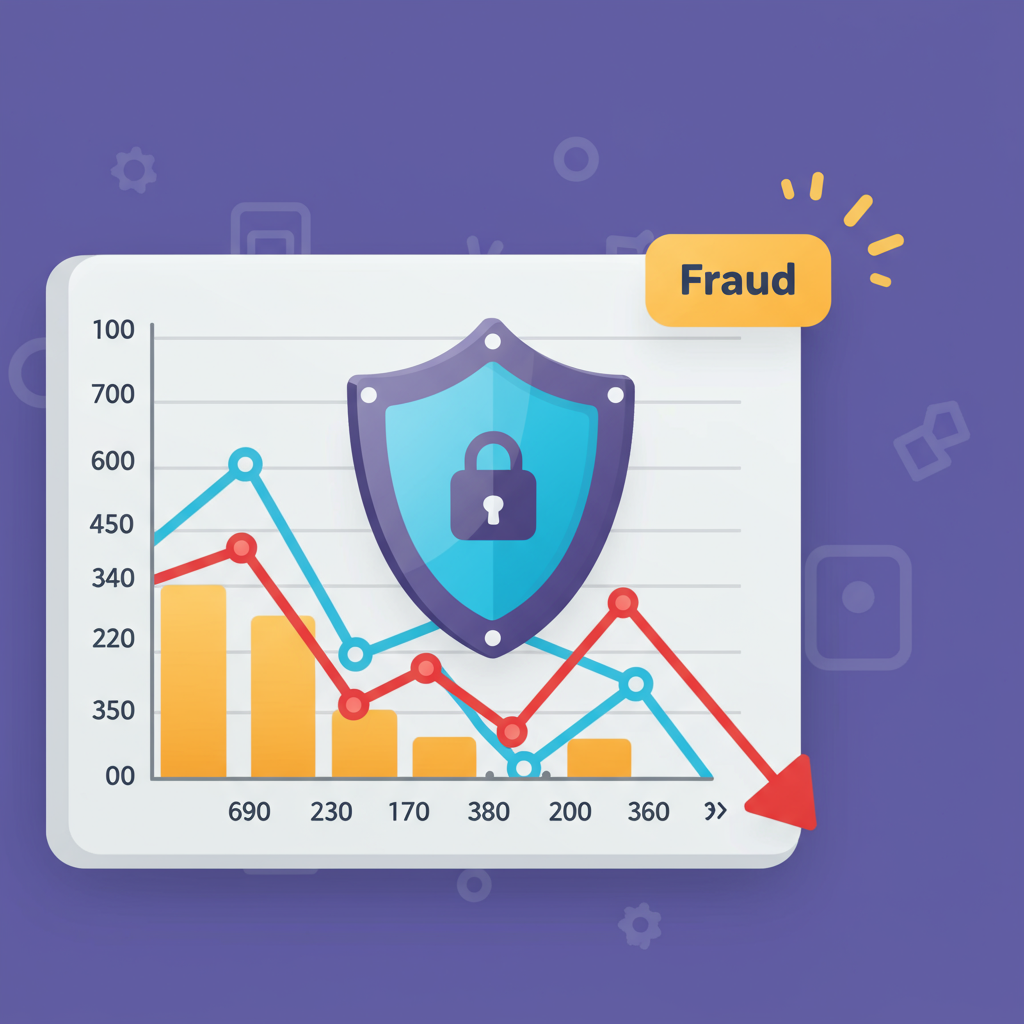Minimizing Losses and Protecting Your Business in the Digital Landscape
As a Shopify merchant, I know firsthand the excitement and challenges of running an online business.
One of the most persistent and damaging threats we face is fraud.
It’s not just about losing money on a single transaction; it’s about chargebacks, damaged reputation, and wasted time.
My goal with this guide is to equip you with the knowledge and strategies to effectively minimize losses and protect your hard-earned business.
Let’s dive into understanding fraud and how we can combat it together.
First, it’s crucial to understand the different types of fraud we might encounter.
There’s ‘friendly fraud,’ where a legitimate customer disputes a charge, often due to forgetfulness or buyer’s remorse.
Then there’s ‘true fraud,’ which involves stolen credit card information used by malicious actors.
And finally, ‘chargeback fraud,’ where a customer intentionally makes a purchase and then falsely claims it was unauthorized or never received.
Each type presents unique challenges, but our proactive measures can address them all.
The financial impact of fraud is obvious: lost revenue, product costs, and chargeback fees.
But the damage extends beyond that.
Fraudulent orders consume valuable time for your team, from processing to investigation.
Repeated chargebacks can also lead to higher processing fees or even the termination of your merchant account.
Protecting your business isn’t just about preventing individual losses; it’s about ensuring long-term viability.
Shopify provides us with some excellent built-in tools to start our fraud prevention journey.
The ‘Fraud Analysis’ feature is your first line of defense.
It automatically flags orders with certain characteristics that indicate potential risk.
You’ll see indicators like ‘AVS mismatch,’ ‘CVV failure,’ or ‘IP address doesn’t match billing address.’
Shopify assigns a risk level – low, medium, or high – to each order, helping you prioritize your review.
While these indicators are incredibly helpful, they are not definitive proof of fraud.
A high-risk order might be legitimate, and a low-risk one could still be fraudulent.
This is where our manual review process becomes indispensable.
I always recommend manually reviewing any order flagged as medium or high risk.
What do I look for during a manual review?
First, check for discrepancies between the billing and shipping addresses.
A common red flag is a high-value order shipping to a different country or state than the billing address.
Next, examine the email address.
Does it look suspicious or generic? Is it a newly created email?
Consider the order size and product type.
Is it an unusually large order for a new customer? Are they buying high-value, easily resalable items?
I also use external tools like Google Maps to check the shipping address.
Does it look like a residential address, a commercial building, or perhaps a freight forwarder?
Sometimes, a quick search of the customer’s name or email on social media can provide insights.
If I’m still unsure, I might reach out to the customer directly.
A polite email or phone call to confirm order details can often deter fraudsters or confirm legitimacy.
Based on my review, I then decide: fulfill the order, cancel it, or refund it.
It’s a delicate balance, as we don’t want to inconvenience legitimate customers.
For enhanced protection, I often turn to third-party fraud prevention apps available in the Shopify App Store.
These apps leverage advanced algorithms, machine learning, and global fraud databases.
They can provide more sophisticated risk scoring and automated decision-making.
Many offer features like device fingerprinting, proxy detection, and even chargeback guarantee services.
Integrating one of these solutions can significantly reduce your manual review burden and improve accuracy.
Beyond tools, implementing best practices across your store is vital.
Always require CVV (Card Verification Value) for all transactions.
Ensure your payment gateway uses AVS (Address Verification Service) and that you act on mismatches.
For high-value orders, consider requiring a signature upon delivery.
This provides proof of delivery and can be crucial evidence in a chargeback dispute.
Maintain clear and accessible return, refund, and shipping policies on your website.
Transparency can prevent ‘friendly fraud’ and provide a strong defense against disputes.
Educate your staff on fraud indicators and your review process.
Everyone on your team should be aware of the risks and how to report suspicious activity.
Despite our best efforts, chargebacks can still occur.
When a chargeback happens, it means the customer’s bank has reversed the transaction.
We then have a limited time to ‘represent’ our case to the bank.
This involves gathering all available evidence: order details, shipping confirmation, tracking numbers, communication with the customer, and any proof of delivery.
The more compelling evidence you provide, the higher your chance of winning the dispute.
It’s a time-consuming process, but winning a chargeback saves you money and protects your merchant account.
Fraud patterns are constantly evolving, so our prevention strategies must evolve too.
Regularly review your fraud analysis reports and identify any new trends.
Stay informed about new fraud tactics and security best practices.
This continuous monitoring and adaptation are key to long-term protection.
Protecting your Shopify store from fraud is an ongoing commitment, not a one-time task.
By leveraging Shopify’s built-in tools, implementing a robust manual review process, considering third-party apps, and adhering to best practices, you can significantly reduce your exposure to fraud.
I believe that with these strategies, you’ll feel more confident and secure in your e-commerce journey.
What do you think about this article? I’d love to hear your thoughts and experiences.
Remember, a secure business is a thriving business.






